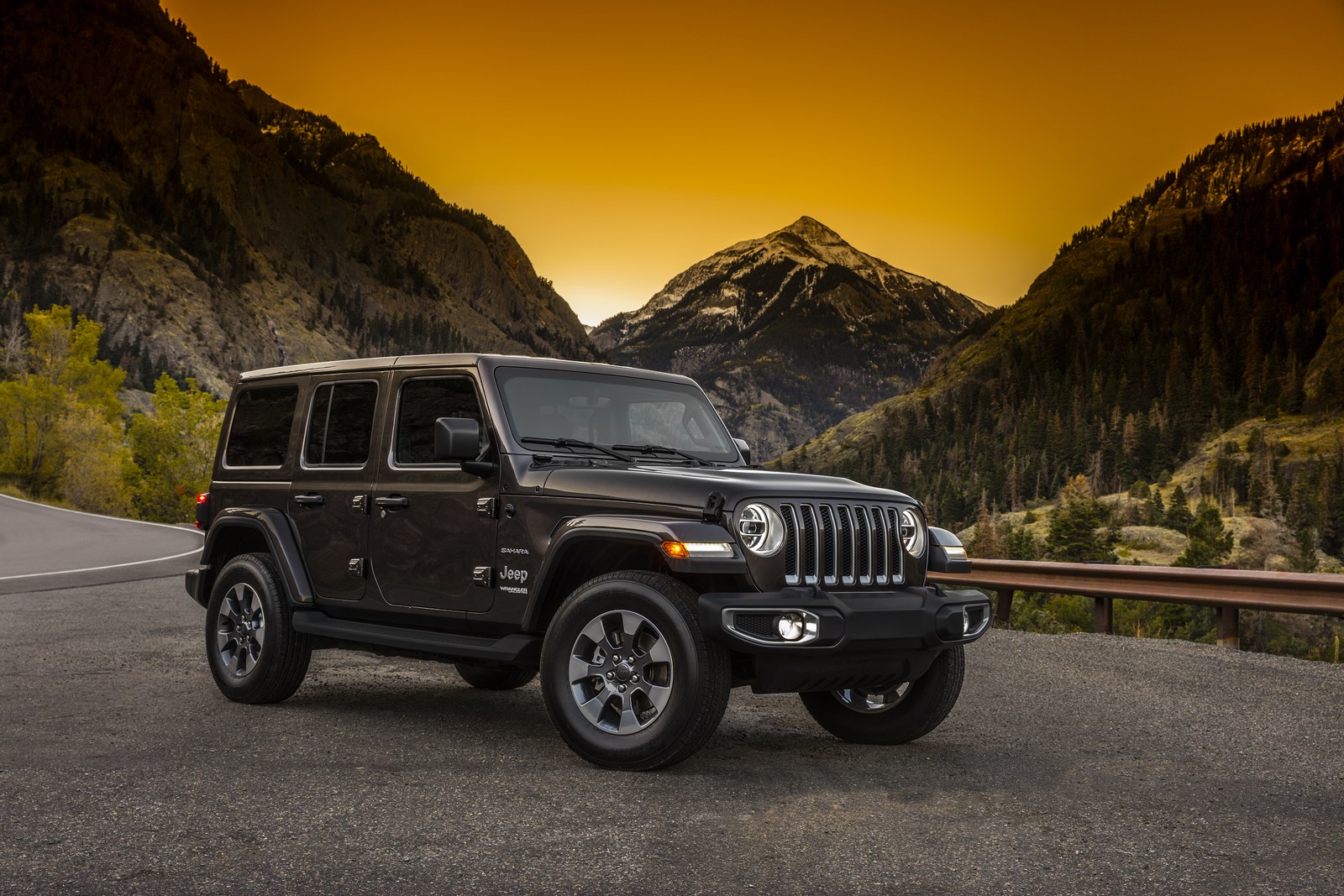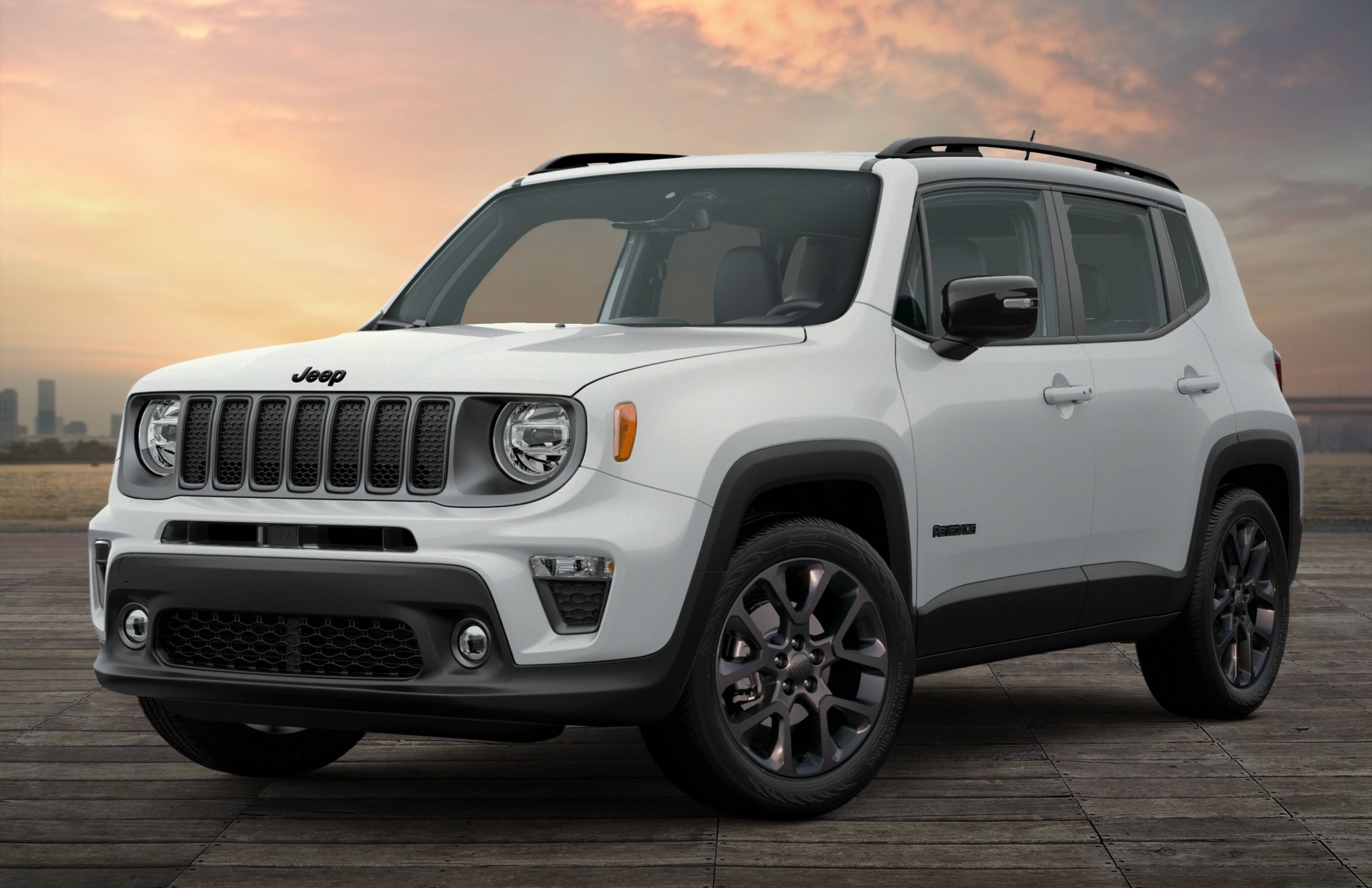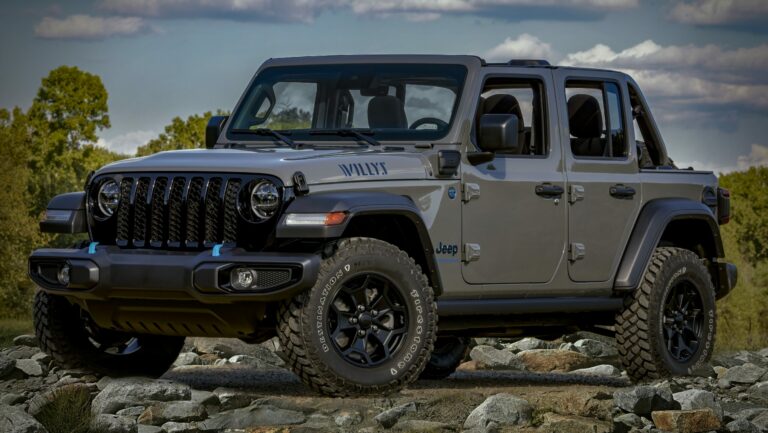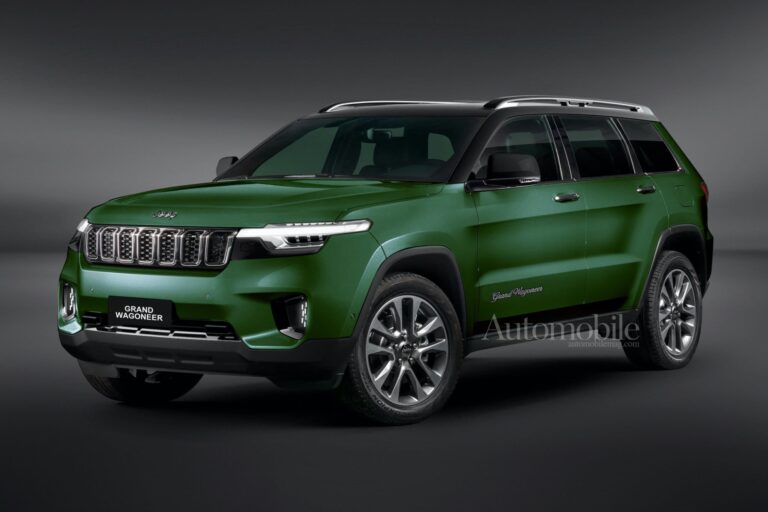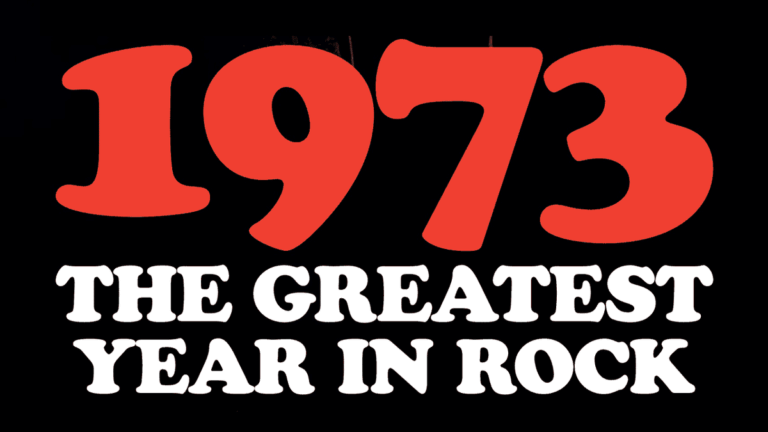Jeep Wrangler Frame For Sale: Your Blueprint for Rebuilding and Customizing
Jeep Wrangler Frame For Sale: Your Blueprint for Rebuilding and Customizing jeeps.truckstrend.com
The Jeep Wrangler is more than just a vehicle; it’s a symbol of adventure, freedom, and rugged capability. At the heart of every Wrangler, supporting its legendary off-road prowess and iconic design, lies its robust ladder frame. This steel backbone is the foundation upon which the entire vehicle is built – from the engine and transmission to the axles, suspension, and body. For enthusiasts, restorers, and customizers, the prospect of a "Jeep Wrangler Frame For Sale" isn’t just about acquiring a spare part; it’s about finding the very core of a new project, a critical component for bringing a beloved rig back to life, or the blank canvas for an unparalleled custom build.
Whether your current Wrangler’s frame has succumbed to the relentless march of rust, twisted under the strain of an unfortunate accident, or you’re simply embarking on an ambitious ground-up restoration, understanding the nuances of purchasing a standalone Jeep Wrangler frame is paramount. This comprehensive guide will navigate you through everything you need to know, from identifying the right frame for your needs to the crucial steps of inspection, purchase, and preparation.
Jeep Wrangler Frame For Sale: Your Blueprint for Rebuilding and Customizing
Understanding the Jeep Wrangler Frame: The Foundation of Adventure
Before diving into the buying process, it’s essential to appreciate what a Jeep Wrangler frame truly is. Unlike unibody vehicles where the body and frame are integrated, Wranglers utilize a body-on-frame construction. This design offers superior strength, durability, and modularity, making them ideal for off-road abuse and easy modification.
Each generation of the Jeep Wrangler – from the classic CJ and the leaf-sprung YJ, to the coil-sprung TJ, the more modern JK, and the current JL – features a distinct frame design. While they all adhere to the ladder frame principle, dimensions, mounting points for the engine, transmission, suspension, and body, and even material thicknesses vary significantly. This generational difference is the single most critical factor when considering a frame purchase, as a JK frame simply won’t fit a TJ body without extensive and costly fabrication.
The frame’s primary purpose is to provide structural integrity, housing the drivetrain, suspension, and body mounts. It absorbs the forces of the road and trail, protecting occupants and components. Its condition directly impacts the vehicle’s safety, handling, and longevity.
Why Buy a Standalone Jeep Wrangler Frame? Common Scenarios
The decision to seek out a standalone Jeep Wrangler frame usually stems from one of several compelling reasons:

- Severe Rust and Corrosion: This is perhaps the most common reason, especially for older Wranglers (YJ, TJ, and even early JKs) in regions exposed to road salt or high humidity. Rust can compromise the frame’s structural integrity, leading to dangerous cracks, weakened mounting points, and ultimately, a vehicle that’s unsafe to drive. Replacing the frame is often more feasible than attempting extensive, complex rust repair.
- Accident Damage: A significant collision or a severe off-road incident can bend, twist, or crack a frame beyond economic repair. Even seemingly minor frame damage can affect wheel alignment, tire wear, and vehicle handling, making a replacement frame a necessity for safety and performance.
- Ground-Up Restorations: For enthusiasts looking to bring a vintage CJ or a beloved TJ back to its former glory, starting with a pristine or expertly refurbished frame provides the ideal foundation. This allows for a complete overhaul, addressing any hidden issues and ensuring the vehicle lasts for decades to come.
- Custom Builds and Frame Swaps: Some ambitious projects involve swapping a different body onto a Wrangler frame (e.g., an older CJ body onto a TJ frame for coil-spring suspension), or using a modern Wrangler frame as the basis for a unique custom vehicle. This offers unparalleled flexibility in creating a truly one-of-a-kind rig.
- Salvage Titles: Often, a vehicle with a salvage title might have a severely damaged body but an intact, straight frame. Purchasing such a vehicle (or just its frame) can be a cost-effective way to acquire a solid foundation for a new build, provided the frame’s integrity is verified.
Types of Jeep Wrangler Frames Available
The market for standalone Wrangler frames offers a few distinct categories, each with its own advantages and drawbacks:
![]()
-
Used/Salvage Frames:
- Description: These are frames pulled from wrecked, rusted-out, or otherwise decommissioned Wranglers. They are the most common and often the most budget-friendly option.
- Pros: Cost-effective, readily available, especially for older generations.
- Cons: Condition varies wildly, can have hidden damage (bends, cracks, rust), requires thorough inspection, may need significant cleaning and preparation.
- Where to find: Local junkyards, specialized Jeep salvage yards, online marketplaces (eBay, Craigslist, Facebook Marketplace groups), automotive recycling centers.
-
Refurbished/Blasted/Coated Frames:
- Description: These are used frames that have undergone a professional restoration process. This typically involves media blasting (sandblasting) to remove all rust and old paint, thorough inspection for damage, necessary repairs, and then applying a durable protective coating (e.g., epoxy primer, chassis paint, or bedliner material).
- Pros: Significantly better condition than raw used frames, often ready for immediate use, extended lifespan due to proper rust prevention, less work for the buyer.
- Cons: Higher cost than raw used frames, availability might be limited to specialized shops or sellers.
-
New/Aftermarket Frames:
- Description: While rare for OEM, a few specialized manufacturers or fabricators produce brand new replacement frames for popular Wrangler generations (e.g., TJ, YJ). These are built to original specifications, sometimes with minor improvements (e.g., thicker steel in common weak spots).
- Pros: Pristine condition, no rust, guaranteed straight, often comes with a warranty, ultimate peace of mind.
- Cons: Most expensive option by a significant margin, availability can be very limited, primarily produced by smaller, specialized shops.
Key Considerations Before Purchasing a Frame
Acquiring a bare frame is a substantial investment in time and money. Careful consideration and due diligence are crucial:
- Generation Compatibility: As emphasized, this is non-negotiable. Ensure the frame’s generation (CJ, YJ, TJ, JK, JL) precisely matches the body and major components you intend to use. Double-check model years for any mid-cycle changes.
- Thorough Inspection is Paramount:
- Rust: Distinguish between surface rust (cosmetic, easily removable) and structural rust (flaking, holes, perforations). Pay close attention to common rust areas: body mounts, control arm mounts, skid plate mounts, spring buckets, shock mounts, and the rear sections of the frame rails. Tap with a hammer to check for thin spots.
- Straightness: A bent or twisted frame is useless. Look for obvious kinks, ripples, or inconsistencies. Measure diagonally from opposing corners to ensure the frame is square. Check crossmembers for bends. Professional shops can put frames on a jig for precise measurement.
- Cracks: Inspect all welds, stress points, and areas near suspension mounts for hairline cracks.
- Previous Repairs: Look for signs of welding or patching. While some repairs are acceptable if done professionally, extensive or poorly executed repairs can indicate a severely compromised frame.
- Mounting Points: Verify that all body mounts, engine mounts, transmission mounts, and suspension mounts are intact, not rusted through, or distorted.
- Title and VIN Verification: If the frame has a Vehicle Identification Number (VIN) stamped on it (common on later models), ensure it comes with a clear title or bill of sale. Laws regarding VIN transfer and vehicle reconstruction vary by state/country. Some jurisdictions may require an inspection if the VIN is changed or transferred to a new vehicle. Always check your local Department of Motor Vehicles (DMV) regulations. A frame without a VIN might be problematic for future registration.
- Shipping and Logistics: Frames are large, heavy, and awkward. Freight shipping can be expensive, often ranging from hundreds to over a thousand dollars, especially for long distances. Factor this into your budget. Consider local pickup if possible to save on costs and inspect the frame in person. You’ll need appropriate transport (e.g., a flatbed trailer).
- Budget: Beyond the purchase price, account for shipping, professional inspection (if needed), media blasting, rust treatment, painting, and any minor repairs. A "cheap" frame can quickly become expensive if it requires extensive work.
The Buying Process: A Step-by-Step Guide
Navigating the market for a Jeep Wrangler frame can be complex, but a structured approach will yield the best results:
- Define Your Needs:
- Generation: Absolutely critical. What model year is your project?
- Condition: Do you need a perfect, ready-to-build frame (refurbished/new), or are you willing to put in the work on a used one?
- Budget: How much are you realistically willing to spend, including shipping and prep?
- Research Sources:
- Online Marketplaces: eBay, Craigslist, Facebook Marketplace groups (especially dedicated Jeep/off-road groups). These offer wide reach but require careful vetting of sellers.
- Specialized Jeep Salvage Yards: Companies that specifically dismantle Jeeps are often the best source for clean, inspected used frames. They understand the nuances of Jeep frames.
- Local Junkyards/Auto Recyclers: Can be a treasure trove, but often require more hands-on searching and negotiation.
- Forums and Enthusiast Groups: Jeep forums (e.g., JeepForum.com, WranglerForum.com) often have "for sale" sections where members sell parts.
- Contact Sellers & Gather Information:
- Ask for detailed photos from multiple angles, including common rust spots and mounting points.
- Inquire about the frame’s history (where did it come from? why was it removed?).
- Ask if the frame has a VIN and if a title/bill of sale is available.
- Get precise measurements if possible (e.g., overall length, width, diagonal measurements).
- Arrange Inspection:
- In-person: If feasible, always inspect the frame yourself. Bring a flashlight, a small hammer (to tap for rust), and a tape measure.
- Third-Party: If you can’t inspect in person, consider hiring a local mechanic or fabricator to perform a professional assessment. This small investment can save you from a costly mistake.
- Negotiate Price: Based on your inspection and market value, negotiate a fair price. Be prepared to walk away if the seller is unwilling to budge on a questionable frame.
- Finalize Purchase & Logistics:
- Ensure all paperwork (bill of sale, title if applicable) is complete and accurate.
- Arrange secure payment.
- Coordinate shipping or pickup. Confirm insurance for freight shipments.
- Post-Purchase Steps:
- Upon arrival, immediately re-inspect the frame for any shipping damage or discrepancies.
- Begin cleaning, rust removal, and protective coating as needed.
Restoration and Preparation Tips for Your New Frame
Even a "good" used frame will benefit from preparation before it becomes the backbone of your build.
- Thorough Cleaning: Pressure wash the entire frame, inside and out. Use a degreaser to remove any oil, grease, or grime.
- Rust Removal:
- Wire Wheel/Brush: For surface rust.
- Chemical Rust Removers: For stubborn spots.
- Media Blasting (Sandblasting): The most effective method for removing all rust and old coatings, leaving a clean, bare metal surface. This is highly recommended for a professional-grade restoration.
- Inspection & Repair (Post-Blasting): Once clean, any hidden cracks or minor bends will become apparent. Weld any cracks with high-quality welds. Small bends can sometimes be straightened by a professional.
- Corrosion Protection: This is critical for longevity.
- Epoxy Primer: Provides excellent adhesion and corrosion resistance.
- Chassis Paint: A durable topcoat designed for frames.
- POR-15 or Similar: Rust-inhibiting paints that encapsulate existing rust (after proper prep) and provide a tough, chemical-resistant finish.
- Internal Frame Coating: Products like Eastwood Internal Frame Coating can be sprayed into the frame rails to protect against inside-out rust.
- Undercoating/Bedliner: Provides an extra layer of protection against chips and abrasion.
- Drain Holes: Ensure all factory drain holes in the frame are clear and free of debris to prevent water accumulation, which leads to internal rust. Consider adding more if your environment demands it.
Potential Challenges and Solutions
- Challenge: Finding the Right Frame: Specific generations or conditions can be hard to locate.
- Solution: Be patient, broaden your search geographically, set up alerts on online marketplaces, and network within Jeep enthusiast communities.
- Challenge: Hidden Damage: A frame might look good on the surface but have underlying issues.
- Solution: Insist on detailed photos/videos, perform in-person inspections, or hire a professional inspector. A reputable seller will be transparent.
- Challenge: High Shipping Costs: Freight for a frame can be very expensive.
- Solution: Look for frames locally, get multiple shipping quotes, or consider combining shipping with other large parts if possible.
- Challenge: Legal/VIN Issues: Transferring ownership and registering a vehicle with a swapped frame can be complicated.
- Solution: Research your state’s DMV laws before purchasing. Ensure you get a clear bill of sale and title (if applicable) that matches any VIN on the frame.
- Challenge: Unexpected Repairs: The frame might require more work than initially anticipated.
- Solution: Always budget for additional repairs, materials, and professional services. Factor in a contingency fund.
Jeep Wrangler Frame For Sale: Estimated Price Guide
Please note: Prices are highly variable and depend significantly on the frame’s generation, condition, seller, location, and current market demand. This table provides estimated ranges for typical conditions.
| Frame Type/Generation | Condition | Estimated Price Range (USD) | Notes |
|---|---|---|---|
| Jeep CJ-5/CJ-7 | Used (Significant Rust/Damage) | $500 – $1,500 | Often requires major rust repair, straightening. |
| Used (Solid, Minor Surface Rust) | $1,500 – $3,000 | Good candidate for blasting and coating. | |
| Refurbished/Coated | $3,000 – $5,000+ | Professionally cleaned, inspected, and protected. Ready for build. | |
| Jeep YJ Wrangler | Used (Significant Rust/Damage) | $400 – $1,200 | Common for rust, especially in rear sections. |
| Used (Solid, Minor Surface Rust) | $1,200 – $2,500 | Finding a clean YJ frame can be challenging. | |
| Refurbished/Coated | $2,500 – $4,500+ | Good investment for a solid YJ project. | |
| Jeep TJ Wrangler | Used (Significant Rust/Damage) | $600 – $1,800 | Rear frame sections, skid plate mounts, and control arm mounts are common rust spots. |
| Used (Solid, Minor Surface Rust) | $1,800 – $3,500 | Highly sought after for builds; clean examples command higher prices. | |
| Refurbished/Coated | $3,500 – $6,000+ | High demand, excellent base for a long-lasting TJ. | |
| Jeep JK Wrangler | Used (Minor Damage/Surface Rust) | $1,000 – $3,000 | Often from salvage vehicles with body damage but salvageable frame. |
| Used (Good/Straight) | $3,000 – $6,000 | Less common to find perfectly straight used frames due to demand or accident history. | |
| New Aftermarket (Rare) | $6,000 – $10,000+ | Very limited availability, typically from specialized fabricators. | |
| Jeep JL Wrangler | Used (Salvage/Minor Damage) | $2,000 – $5,000 | Primarily from recent wrecks; damage can be complex. |
| Used (Good/Straight) | $5,000 – $8,000+ | Extremely rare to find in pristine used condition; high demand. | |
| New Aftermarket (Extremely Rare) | $8,000 – $15,000+ | Highly specialized, custom order only. | |
| Shipping Costs | (Varies by distance & carrier) | $300 – $1,500+ | Major cost factor, especially for residential delivery. Get multiple quotes. |
| DIY Prep Materials | (Blasting media, paint, primer) | $100 – $500 | For a DIY restoration. |
| Professional Prep | (Sandblasting & Coating Service) | $1,000 – $2,500 | Can significantly add to the overall cost but ensures quality and longevity. |
Frequently Asked Questions (FAQ)
Q: Can I just replace my rusted TJ frame with a JK frame?
A: No. While both are Wrangler frames, their dimensions, mounting points, and overall design are significantly different. Swapping between generations would require extensive and costly custom fabrication, often making it impractical. Always match the frame generation to your vehicle’s body and drivetrain.
Q: How do I know if a frame is straight and not bent?
A: Visually inspect for kinks, ripples, or unusual bulges. The most reliable method is to take diagonal measurements from opposing corners (e.g., front-left body mount to rear-right body mount, and front-right to rear-left). These measurements should be identical or very close. A professional frame shop can also put it on a jig for precise assessment.
Q: Is it legal to replace a frame with a VIN? What about VIN transfer?
A: Laws vary significantly by state and country. Some jurisdictions allow a "frame swap" and may require an inspection and VIN transfer process, effectively associating the old VIN with the new frame. Others may require the vehicle to be titled as "reconstructed" or "assembled." Always contact your local Department of Motor Vehicles (DMV) or equivalent agency before purchasing to understand the specific requirements and avoid legal issues.
Q: What are the common rust spots on Jeep Wrangler frames?
A: For YJ and TJ frames, common rust areas include: the rear sections of the frame rails (especially near the bumper mounts), skid plate mounts, control arm mounts (upper and lower), spring perches, shock mounts, and body mounts. JK and JL frames are generally more resistant to severe rust but can still develop issues around welds or in areas where salt and debris accumulate.
Q: What’s the typical cost of shipping a bare frame?
A: Shipping costs can range from $300 to $1,500 or more within the contiguous United States, depending on the distance, the carrier, whether it’s shipped to a commercial or residential address, and if a liftgate service is required. Always get a firm quote from the seller or a freight company.
Q: Should I buy a new/refurbished frame or a used one?
A: It depends on your budget and project scope. A new or professionally refurbished frame offers peace of mind, requires less immediate work, and ensures a solid, straight foundation – ideal for high-end restorations or long-term builds. A used frame is more budget-friendly but requires thorough inspection, potential repairs, and significant preparation work.
Conclusion
The "Jeep Wrangler Frame For Sale" isn’t just a classified listing; it’s an opportunity to breathe new life into a beloved vehicle, recover from significant damage, or embark on an exciting custom build. The frame is the literal backbone of your Wrangler, dictating its safety, handling, and structural integrity. Therefore, the decision to purchase one should be approached with careful research, diligent inspection, and a clear understanding of the commitment involved.
By thoroughly vetting potential frames, understanding the associated costs (including shipping and preparation), and being prepared for the work ahead, you can secure a solid foundation for your Jeep dreams. A well-chosen and properly prepared frame will ensure your Wrangler continues to tackle trails and turn heads for many years to come, providing the robust core that every true adventure demands.
